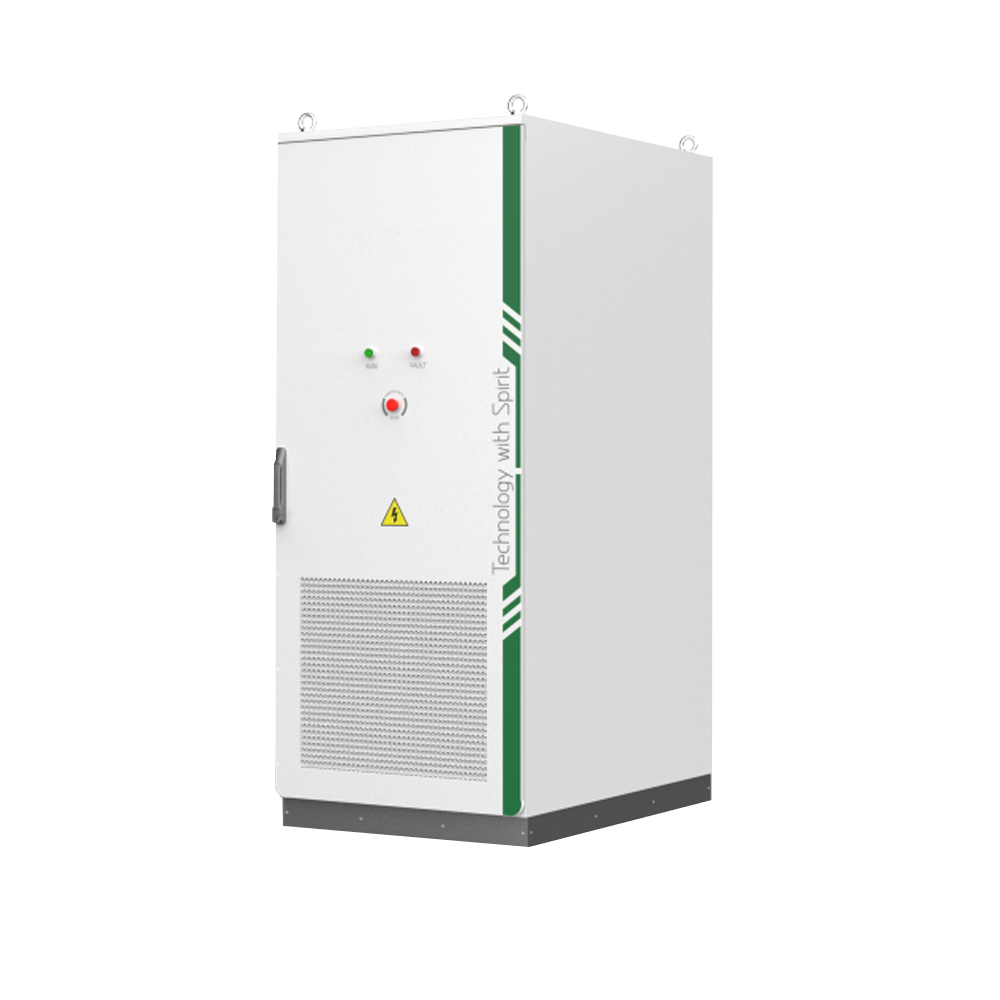2025-07-03
Designing an efficient Liquid Cooled Energy Storage Cabinet begins with an understanding of heat generation at the cell level and the role of uniform temperature control in performance stability. Lithium-ion cells are sensitive to thermal fluctuations; even minor differences in cell temperature across a pack can lead to imbalanced aging, reduced capacity retention, and potential safety concerns. Liquid cooling offers a more direct and uniform approach than air cooling, but its effectiveness depends heavily on how the system is engineered—from the coolant circuit layout to the material properties of heat transfer components.
A well-designed liquid cooling system starts with a closed-loop architecture where coolant flows through channels embedded in or adjacent to battery modules. The fluid, often a dielectric or glycol-based coolant, absorbs heat directly from the battery cells through conductive or convective mechanisms. Critical to this design is the optimization of coolant flow velocity, pipe diameters, and distribution balance across modules. If one module receives more flow or has lower thermal resistance, temperature disparities can still occur, defeating the core advantage of the system.
Key design components such as heat exchangers, pumps, and thermal interface materials play a decisive role in determining how efficiently heat is removed and dissipated. Plate heat exchangers, often made from aluminum or stainless steel, are commonly used due to their compact size and excellent thermal transfer characteristics. The choice of pump size must strike a balance between sufficient flow rate and energy efficiency—oversized pumps waste energy, while undersized ones compromise performance during high-load periods.
One challenge that often separates robust solutions from basic ones is how the cooling loops are arranged across battery racks or in modular configurations. In scalable systems, flow distribution must remain consistent even as modules are added. Designers often use manifold systems or parallel loop structures with pressure-balancing valves to ensure uniform cooling regardless of scale. Without these provisions, thermal gradients can emerge between racks, leading to uneven cell aging and compromised safety.

The material choice for coolant pipes and connectors also deserves attention. Compatibility with the coolant fluid, thermal resistance, and mechanical stability over thousands of cycles are essential. Many systems use reinforced rubber or thermoplastics, but advanced systems may incorporate composite or metal-lined tubing for improved durability in harsh outdoor or industrial environments. Every detail of the cooling system’s mechanical integrity matters, especially when installations run 24/7 across variable climates.
The integration of the cooling system with the Battery Management System (BMS) adds another layer of intelligence. Real-time thermal feedback allows for dynamic adjustment of coolant flow and predictive maintenance scheduling. This smart coordination enhances reliability and extends battery life, especially in applications involving frequent cycling or high power demands. A well-integrated Liquid Cooled Energy Storage Cabinet doesn’t just run cooler—it runs smarter and lasts longer.
In practical applications like commercial peak shaving or renewable energy buffering, these design details translate into tangible advantages: higher round-trip efficiency, better uptime, and reduced long-term maintenance costs. Manufacturers that invest in optimizing every detail of their liquid cooling architecture position their solutions as more than just functional—they become the dependable, high-performance core of energy infrastructure projects.
As a professional supplier and exporter of Liquid Cooled Energy Storage Cabinets, we understand that long-term performance begins with precise engineering. Every component in our systems—from the coolant loops to the BMS integration—is selected and tested to ensure real-world durability and consistent thermal control. If you're seeking a scalable, reliable, and smart solution for your energy storage needs, our liquid-cooled cabinets are designed to meet that demand with precision and confidence.